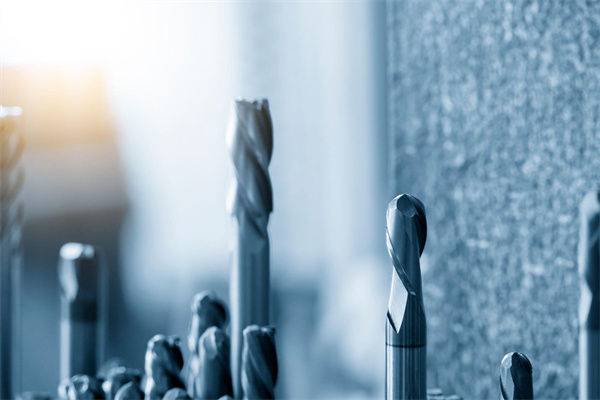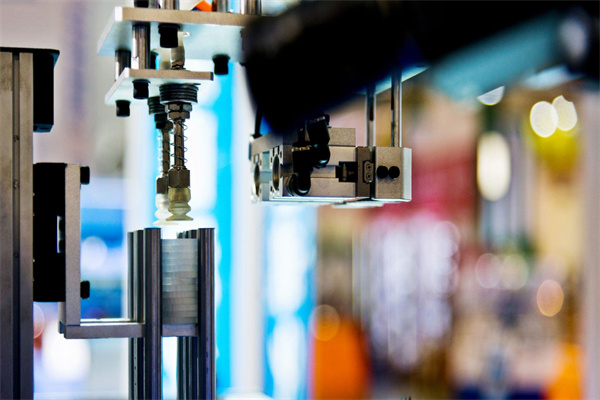[lwptoc]
introduction
Introduction
Machining tools are used for machining, a process of cutting and shaping materials to create finished parts and components. This process is essential for manufacturing a wide range of products, from components for medical equipment to automotive parts. These tools are designed to shape, cut, drill, and finish various materials, such as metals and plastics.
What are the 7 different types of machining tools?
There are seven main categories of machining tools: drilling, turning, milling, broaching, grinding, boring, and reaming. Each process involves using various specialized tools and techniques to shape and finish materials so that the end product meets the desired specifications.
Drilling: Drilling involves cutting or shaping a cylindrical hole in a material. This process creates holes of a specific size and shape in various materials. Drilling tools include twist drills, reamers, counterbores, and countersinks.
Turning: Turning is a process of removing material from a cylindrical workpiece. This is done with a lathe, which uses rotating tools to remove material outside the workpiece. Turning tools include chisels, lathe bits, facing, and threading tools.
Milling: Milling is cutting and shaping materials with a milling machine. Milling tools include end mills, face mills, and tide mills.
Broaching: Broaching is a process that involves removing material from a workpiece with a series of cutting tools. Broaching tools include internal and external broaches and splines.
Grinding: Grinding is cutting and shaping materials with grinding wheels. Grinding tools include grinding wheels, grinding stones, and abrasive belts.
Boring: Boring is a process of enlarging an existing hole in a material. Boring tools include boring bars, reamers, and boring heads.
Reaming: Reaming is a process of cutting and finishing materials with reamers. Reaming tools include chamfer reamers, taper reamers, and spiral reamers.
These seven types of machining tools are essential for the machining process. Each machining tool is designed to perform a specific function, and selecting the correct tool is essential for producing a quality product.
Conclusion
Machining tools are essential for machining, cutting, and shaping materials to create finished parts and components. There are seven main categories of machining tools, each designed to perform a specific function. Selecting the right tool for the job is essential for producing a quality product.
types of machining tools
Manufacturing involves using different machining tools to create parts and components of varying shapes and sizes. These tools are used to cut, shape, and form different materials, such as metal and plastic, into the desired shape and size. The seven machining tools are a lathe, drilling machine, milling machine, grinding machine, planer, shaper, and slotting machine.
Lathe
A lathe is a machine tool used primarily for turning, facing, and cutting operations. It shapes components, such as rods, bars, and cylinders, into a desired shape. Lathes are capable of performing a variety of operations, including drilling, boring, and threading. They are typically used for cylindrical parts but can also be used for irregular shapes and contours.
Drilling Machine
A drilling machine is a tool used to create holes of various shapes and sizes in a variety of materials. It is typically used for metalworking operations and is capable of performing operations such as reaming, tapping, and countersinking. Drilling machines are available in both manual and automatic varieties.
Milling Machine
A milling machine is a tool machining metal, wood, and other materials. It is used for cutting and shaping metal and other materials using a rotating cutter. Milling machines are capable of performing a variety of operations, including drilling, boring, and threading. They are commonly used for components with flat surfaces, such as gears and cams.
Grinding Machine
A grinding machine is a tool used to grind and shape materials. It is typically used for metalworking operations and is capable of performing operations such as grinding, polishing, and honing. Grinding machines are available in both manual and automatic varieties.
Planer
A planer is a tool to shape and form metal and other materials. It is typically used for metalworking operations and can create flat surfaces, slots, and grooves. Planers are available in various sizes and configurations, depending on the application.
Shaper
A shaper is a tool to shape and form metal and other materials. It is typically used for metalworking operations and can create flat surfaces, slots, grooves, and other shapes. Shapers are available in various sizes and configurations, depending on the application.
Slotting Machine
A slotting machine is a tool used to create slots, grooves, and other shapes in metal and other materials. It is typically used for metalworking operations and is capable of performing operations such as drilling, tapping, and countersinking. Slotting machines are available in both manual and automatic varieties.
In conclusion, the seven machining tools are a lathe, drilling machine, milling machine, grinding machine, planer, shaper, and slotting machine. Each machining tool is used for various operations, from cutting and shaping to grinding and polishing. A wide range of materials can be machined and shaped using these tools.
advantages of machining tools
When it comes to manufacturing, one of the most important aspects is machining tools. Not only do these tools allow for increased production, but they also allow for intricate parts and shapes to be created with improved accuracy and, ultimately, cost savings.
Seven machining tools are available to manufacturers today, including turning, milling, grinding, drilling, shaping, planning, and electrochemical machining. Each tool offers its advantages and disadvantages and is used for different applications. Let’s look at these machining tools and how they can help your business.
Turning is a machining process used to shape parts by removing material using a rotating tool. Turning is used to create cylindrical parts, such as screws and other shapes. The advantage of turning is that it is fast and accurate and can be used to make small and large parts.
Milling is used to shaping parts by removing material using a rotating cutter. It is used to make parts with intricate shapes and sizes with improved accuracy. The advantage of milling is that it can accurately and precisely create complex shapes and sizes.
Grinding is a machining process used to shape parts by removing material using an abrasive wheel. It is used for finishing and creating intricate shapes with improved accuracy. The advantage of grinding is that it can be used to create intricate shapes with improved accuracy and precision.
Get the complete solution. ↓
Drilling is a machining process used to shape parts by removing material using a drill and drill bit. It is used to make holes for screws, bolts, and other fasteners and to create intricate shapes and sizes with improved accuracy. The advantage of drilling is that it can create holes with accuracy and precision.
Shaping is a machining process used to shape parts by removing material using a tool guided along a specified path. It is used to create intricate shapes and sizes with improved accuracy. The advantage of shaping is that it can create complex shapes with improved accuracy and precision.
Planning is a machining process to shape parts by removing material using a flat tool guided along a specified path. It is used to create intricate shapes and sizes with improved accuracy. The advantage of planning is that it can create complex shapes with improved accuracy and precision.
Electrochemical machining is used to shape parts by removing material using an electrical current. It is used to create intricate shapes and sizes with improved accuracy. The advantage of electrochemical machining is that it can create complex shapes with improved accuracy and precision.
As you can see, each of these machining tools has its advantages and disadvantages and is used for different applications. By utilizing the right machining tools, you can increase production, create intricate parts and shapes with improved accuracy, and save money. If you’re looking to improve your manufacturing process, it’s important to understand the different machining tools available and how they can help you achieve your goals.








